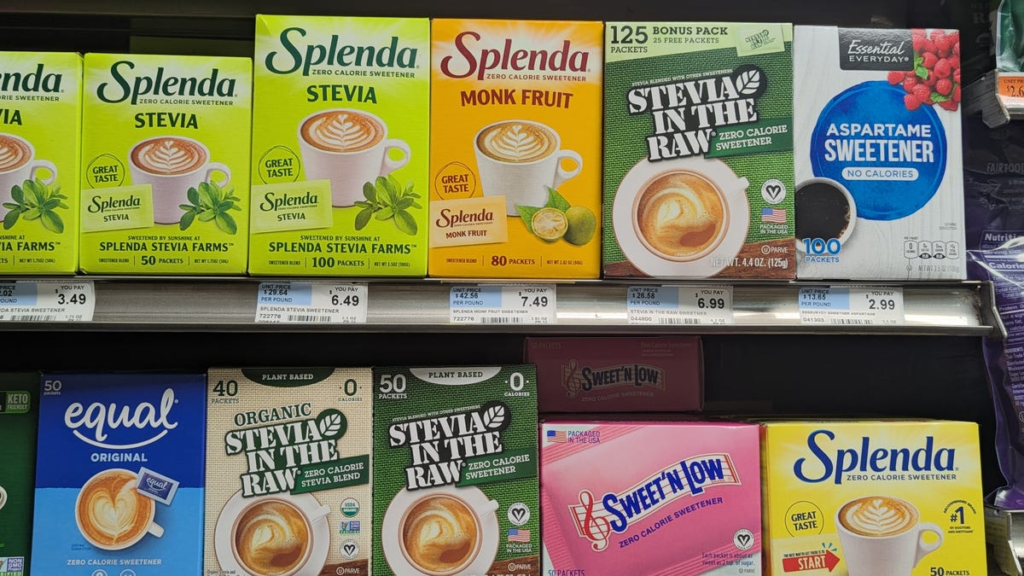Not all sweeteners are created equal when cakes, cookies and other baked goods are concerned. Sugar performs numerous functions beyond sweetness, such as hydration, the release of steam, which assists in the rise, and caramelization, all of which artificial sweeteners can’t automatically do. Neither can artificial sweeteners swap measure for measure with actual sugar, given their potency. However, sucralose, stevia and monk fruit have all been developed as alternatives to sugar in baked goods, typically made in a more granulated form with other food additives for texture and to perform these different functions.
Some zero-sugar sweeteners are better for baking than others.
I didn’t set out to rank any sweeteners in baking experiments or source specific recipes tailored to each sweetener. In an exploratory mind-set, however, I made a few mug cakes using stevia, sucralose and monk fruit versions.
The subtleties were harder to detect between sweeteners in a baked format that also employed naturally sweet elements such as butter and sprinkles. However, I found the monk fruit much more appealing in this form than in coffee. Stevia was also pleasant, especially with molasses for a brown sugar effect. Splenda (sucralose) was the most noticeable as something other than sugar. Still, it felt more driven by the powdery or granulated additives in the baking version of Splenda rather than the sweetener itself. Overall, all three were comparatively dry compared to similar things made with real sugar, but their taste was pleasant, and I’ll never be mad about eating Funfetti in the name of research.

